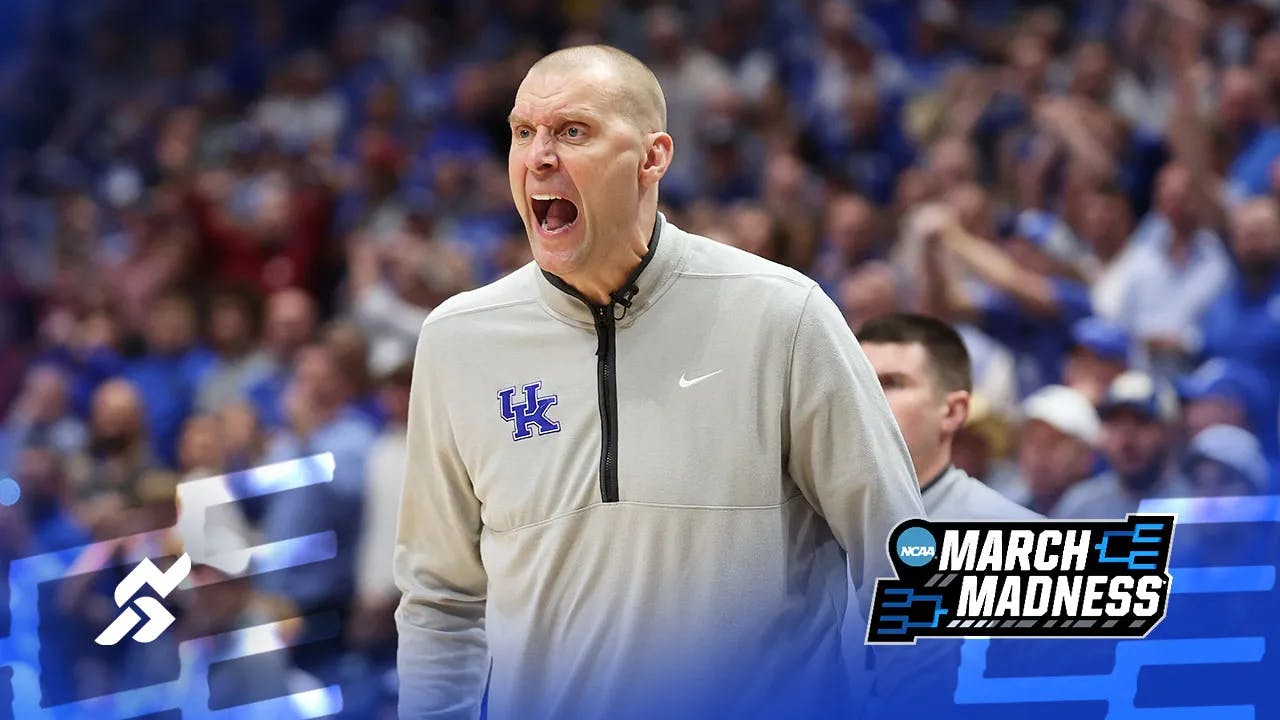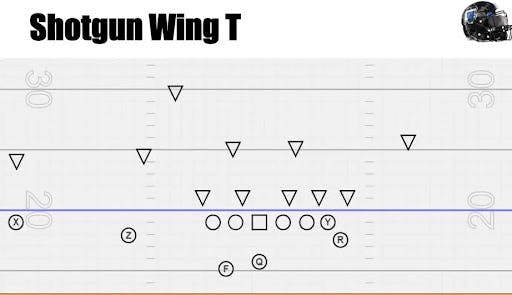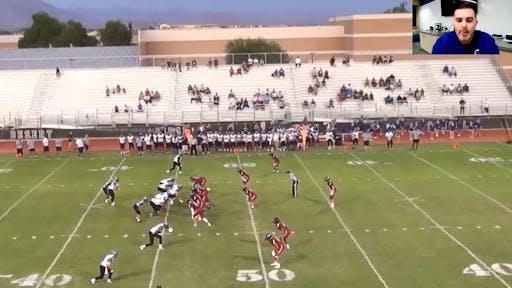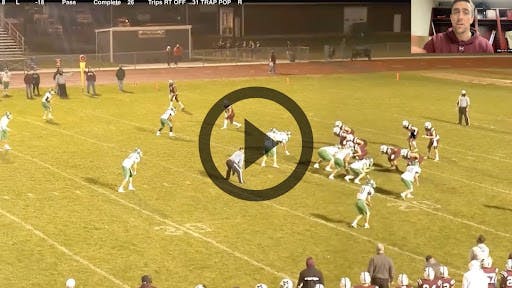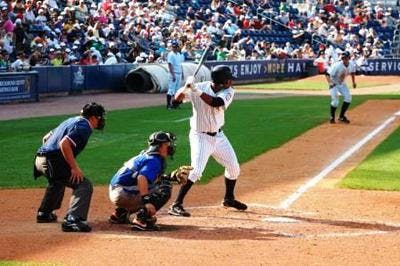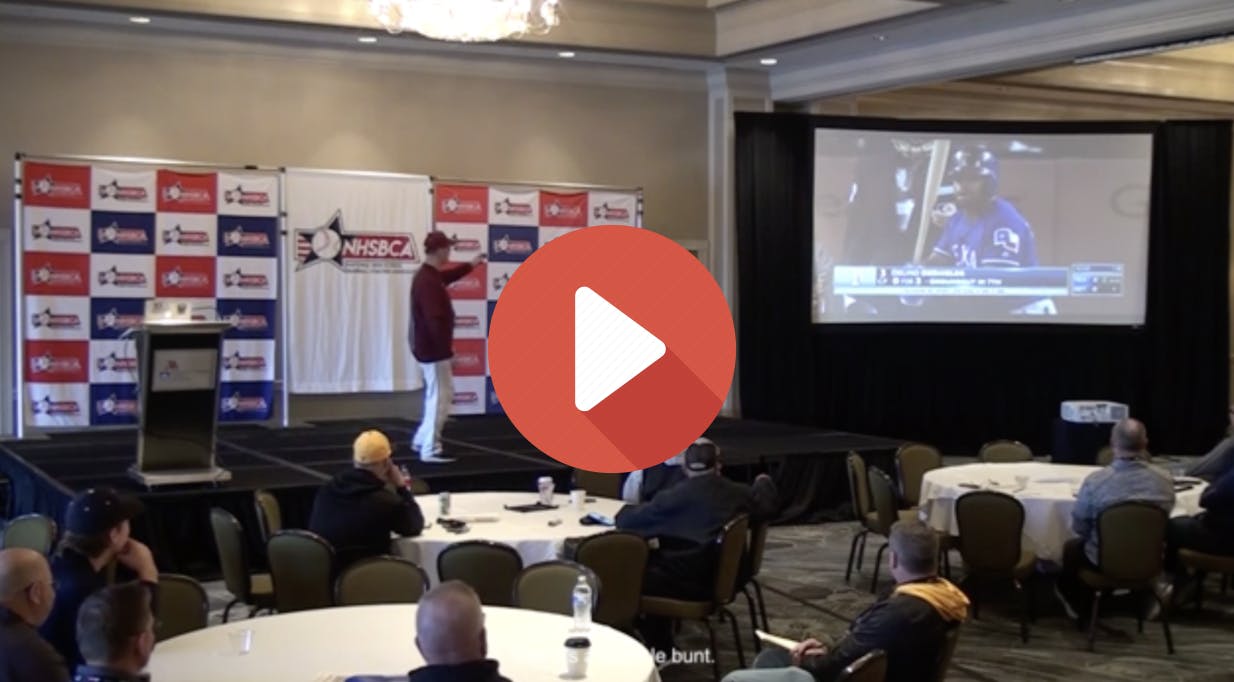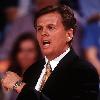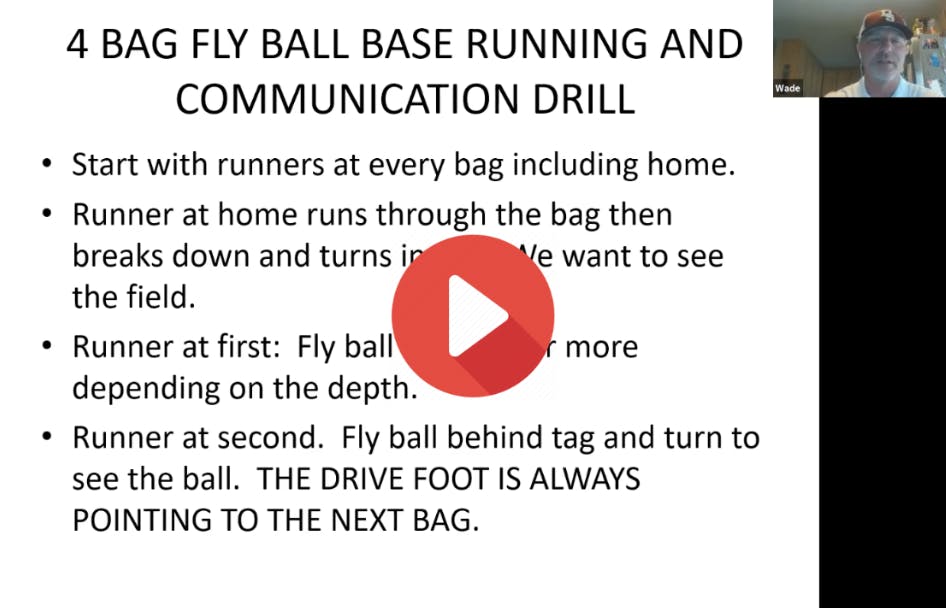From Buzzer Beaters To Round Trippers We've Got It. Now Streaming On US Sports Radio!
In his inaugural season as head coach of the Kentucky Wildcats, Mark Pope has engineered a breathtaking offensive transformation that has reinvigorated one of college basketball's most storied programs. The 2025 NCAA Tournament Sweet Sixteen appearance serves as a powerful testament to Pope's innovative approach to basketball strategies on offense.
Pope, who arrived from BYU with a reputation for dynamic offensive systems, immediately reimagined Kentucky's traditional basketball philosophy. Where previous iterations of Wildcats teams relied heavily on individual talent and defensive intensity, Pope implemented a free-flowing, analytics-driven offensive scheme that empowers players and maximizes scoring potential.
The statistical evidence of this transformation is compelling. Kentucky has dramatically increased its three-point shooting volume and efficiency, spreading the floor with multiple shooting threats and creating unprecedented spacing. The team's offensive rating skyrocketed, ranking among the top ten in NCAA Division I, a remarkable achievement for a first-year coach inheriting a program with massive expectations.
Pope's system emphasizes ball movement, player motion, and strategic spacing—principles that stand in stark contrast to Kentucky's more rigid offensive approaches of recent years. He has encouraged his players to play with greater freedom, allowing their basketball instincts to flourish while maintaining disciplined offensive structures.
The Sweet Sixteen run validated Pope's offensive philosophy. Kentucky dismantled opponents with a blend of perimeter shooting, smart cutting, and intelligent ball-screen actions that left defensive coordinators scrambling to adapt. Players who might have been marginalized in previous systems found new roles and confidence under Pope's guidance.
Perhaps most impressively, Pope accomplished this transformation without a complete roster overhaul. By teaching existing players new skills and reimagining their potential, he demonstrated a coaching acumen that extends far beyond traditional X's and O's.
As Kentucky continues its tournament journey, one thing becomes crystal clear: Mark Pope hasn't just changed an offense—he's revolutionized a basketball culture.
Before coming to Kentucky, Coach Pope was the head coach of the BYU men’s basketball program. While there, he conducted a ‘TABC: Mark Pope - Offense the BYU Way’ clinic that details several crucial aspects of what he has done to develop offenses wherever he has coached. We have pulled several of his prevailing tips to share with you.
Guard Rules
At one point in his clinic, Coach Pope discusses some of the essential rules he has for guards on his teams:
1. Pace, Space and Extra Pass
All three of these things are pretty self-explanatory, as he wants all of his players who could potentially be handling the ball to look to push in transition at every opportunity, create and reinforce spacing when the team is in a half court offense, and look to make the extra pass to get an even better shot than the one that’s available.
2. Deep Corner
Coach Pope believes in occupying the deep corner for guards, and not just for within the dribble handoff and the pistol offense. For every offensive set, especially when it comes to anything that involves penetration into the paint, he believes that having somebody in the deep corner is crucial.
3. DHO Below FT Line, Dribble at Defender, Jump Stop
Coach Pope’s third guard rule centers around always executing the dribble handoff below the free throw line, as that’s what will open up the most offensive opportunities.
Off of that, he asserts that a ball handler should always be dribbling at the defender if they’re going downhill in order to force them into making a defensive decision. The last aspect of this rule is coming to a jump stop to keep control and not play too recklessly.
4. Turn Ball if Stalled
Not only does Coach Pope say that the ball should get turned if a guard’s isolation attack comes to a stall, but that should always be the first point of emphasis when the half court offense gets stalled, as well.
In addition, the guard should dribble hard at the corner in this situation, because everybody in the offense knows where to go when the player does this.
5. Driving Line
According to Coach Pope, a player should always be looking to maintain their driving line, because that’s going to open up scoring opportunities for teammates because of how it forces defending players to squeeze inward to stop the drive.
Put Away Personal Agendas

This is equally important as everything on this list, or maybe more important, for an effective offense: Finding ways to convince your guys to put away their personal agendas,” - Coach Pope
Coach Pope notes that while all players are going to be bought into being team players at times, the differentiating component is that it has to be every day because that’s the only way selflessness on offense can become a core part of a team’s culture that translates from one season to the next.
And it’s on the coaching staff to keep themselves and the players accountable to re-affirming this on a daily basis and checking players whenever personal agendas start to become apparent.
Coach Pope also conveys that he always wants to have the best
locker room in America. While there’s no formal award for this nor any
way to turn it into a statistic, a coach knows deep down whether their
team has a good locker room, in terms of chemistry and camaraderie. And
this is an extension of players committing to being selfless on the
offensive end of the floor.

